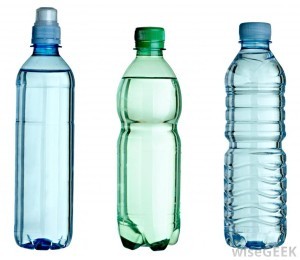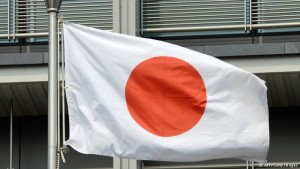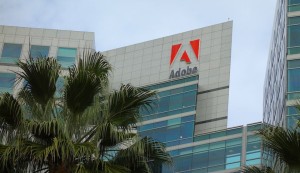Japanese food and beverage makers are in a fierce competition to improve the design of their bottles and other containers. They believe this innovation differentiates their products from competitors and can boost their market share.
Kirin Beverage is one of Japan’s major soft-drink companies. It produces 180 million 2-liter bottles of mineral water a year, using the spring water that flows down from Mount Fuji. This year, the company changed its plastic bottle for the first time in 5 years, reducing the weight by 20 percent. At 28.9 grams, it’s currently the most lightweight bottle in the industry.
This innovation has reduced the amount of petroleum-based materials the company uses by more than 1,000 tons a year, producing an annual saving of about $1 million. The bottle is just 0.15mm thick and can easily be crushed. It’s one-twelfth the original volume once crushed, making for a significant reduction in waste.
I – Word Understanding
cutting edge – latest or most advanced
II – Have Your Say
1. Thinner bottles are weaker. But better design has made Kirin’s thinner bottles stronger.
2. Billions of money are spent on packaging food and other items each year. Sixty percent of all packaging is for 3. food products. How important is packaging? Does it affect your product choices?
Did you know?
Here are some facts about food packaging and its environmental impact (US):
– food packaging is approximately 50% (by weight) of total packaging sales.
– food packaging accounts for almost two-thirds of total packaging waste by volume
– 31% of the MSW (municipal solid waste) generated come from packaging-related materials



